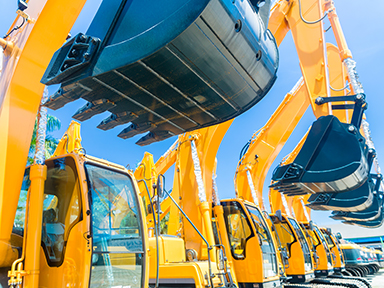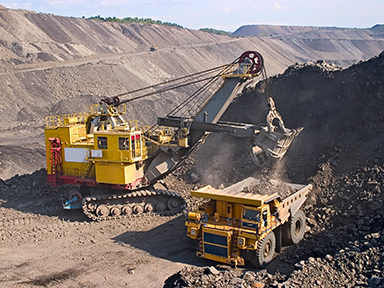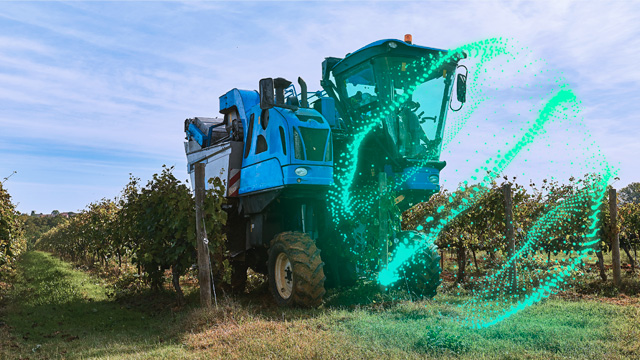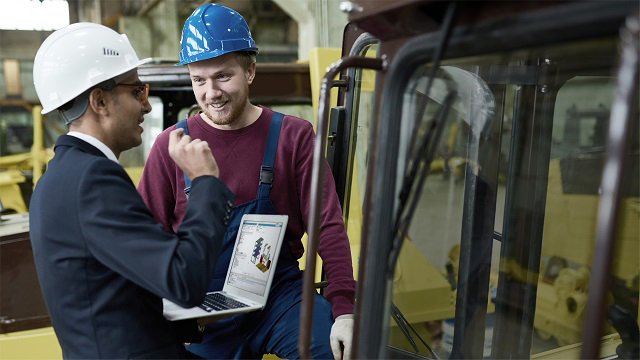Heavy Equipment
Digitalization for Heavy Equipment Industry
Heavy equipment manufacturers are developing high-performance machinery with new sensor technology and alternative materials. Along with the need to extend the product lifecycle, manufacturers face many challenges: global competition, multi-site manufacturing, compressed development cycles, total-cost-of-ownership reductions, fuel economy, and regulatory emissions standards. These challenges require an integrated set of design, simulation and manufacturing tools that are managed in a unified and integrated environment.
Industry Segments

Agricultural & Farming Equipment
Design and develop smart farming technology for today’s farm machinery

Construction Equipment
Smart Construction design and development for heavy machinery manufacturing companies

Mining Equipment
Design and develop autonomous heavy vehicles for the mining machinery industry
Ready to discuss your PLM needs? Contact our integration experts.
Featured Solutions
Accelerated equipment design for heavy equipment
Heavy equipment companies cannot afford to miss out on the ongoing innovation wave, which can be characterized by the massive introduction of new capabilities based on digital technologies and by electrification. They must investigate how to upgrade their products, define their future span of activities, and rethink their position in a market that is in full transformation. But to create the necessary bandwidth for such existential considerations, they must secure their daily business by timely delivery of current equipment.


Predictive performance engineering
The heavy equipment industry is at a critical juncture as manufacturers face more challenges than ever before. They must comply with emissions and safety regulations from multiple governments and organizations while incorporating the connected technologies that consumers demand.
Smart manufacturing for heavy equipment
Heavy equipment manufacturing companies must manufacture a totally new generation of machines to address today’s increasing demand for digital technologies, electrification, and specialization. This adds complexity to their heavy equipment manufacturing process, such as more components from more diverse suppliers and a greater degree of customization. To stay in business, they must find a way to deliver this without affecting their margins, thereby additionally challenged by having global operations and an increased mandate to implement a sustainability strategy.


Equipment service lifecycle management and analytics
Heavy equipment service lifecycle management and analytics on large data from equipment service and operation are trending. OEMs consider equipment service an excellent revenue opportunity during turbulent economic times. Besides, their greater involvement in equipment service is also required to master the exploding complexity in today’s increasingly software-driven and customized machines.


